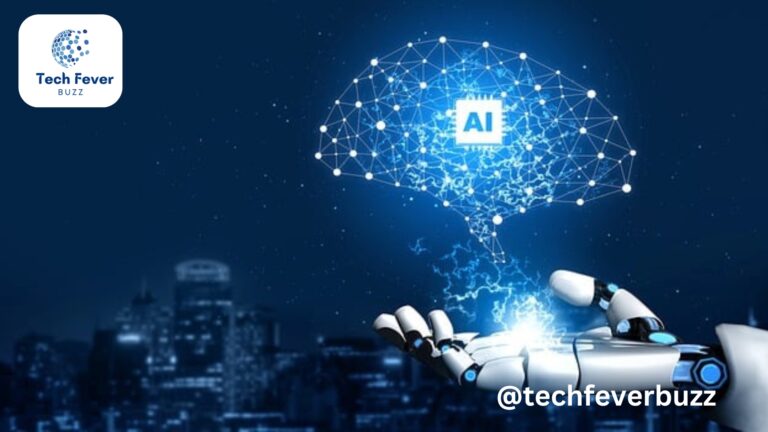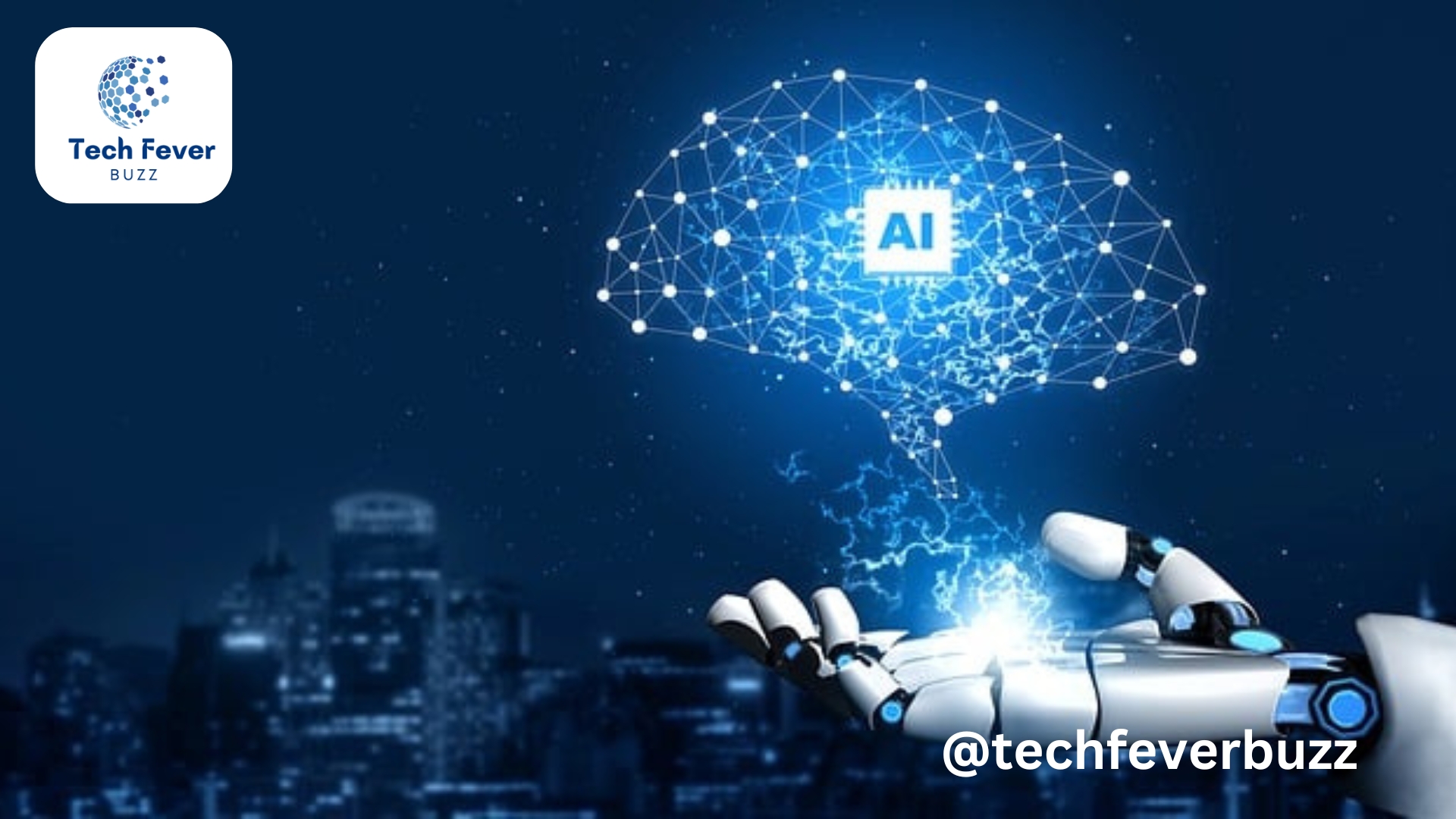

Discover how Artificial Intelligence simplifies work in IT and film, transforming daily tasks and the movie-making industry. Explore its benefits, features, and future potential.
Table of Contents
Introduction
Artificial Intelligence( AI) is an integral area that, besides being a trend, has radically changed the fabric of industries and life in general, making ordinary tasks in complex IT easy while creativity in filmmaking better. For an average Indian professional, the mastering of AI might mean a faster, more accurate day at work and new possibilities for self-expression.
The real magic of AI lies in its versatility. Not only can it take on tasks requiring precision and speed but also be adjusted to fit unique needs. For a tech professional, an independent filmmaker, or even the creative enthusiast, AI promises to change the way one works. In this feature, let’s take a deep look at how AI is changing lives and industries, then walk through its features, building towards predicting what its potential can be-in creative fields like movie-making.
Advantages of Artificial Intelligence at Work Every Day
- Saves Much Time through Routine Tasks
Since AI can do repetitive work quickly, time and energy can be saved for more complex work. Daily tasks like data entry, data analysis, customer service, and so on will be streamlined using Artificial Intelligence (AI) in IT and business enterprises. In fast-paced fields, where quick response and precise data are basic ingredients to success, efficiency is priceless.
For example, chatbots based on AI can deal with customer inquiries and promptly reply to customers in the middle of the day or night. In the IT industry, AI supports the processing of larger data information and informs employees, allowing for the automated processing of routine tasks, through which experts would instead focus on strategy, innovation, and creativity instead of dealing with mundane tasks.
- Personalization and Customization
One of the biggest strength points in AI is that it can adapt. As an example, in customer service, AI analyzes every person’s history and preferences and accordingly gives recommendations. Similarly, while working with AI, it must be used with common sense and set up custom commands according to specific needs.
Consider a company that employs AI to ensure user experience on its app is enhanced. By using data insights, AI can customize different content for each user based on past behaviors. This not only makes the service feel tailored just for them but also benefits the customer, creating brand loyalty and improving satisfaction.
ChatGPT 4 vs Google Gemini: Best AI Tool for Your Needs https://techfeverbuzz.com/chatgpt-4-vs-google-gemini-best-ai-tool-for-your-needs/
Features of Artificial Intelligence: What Makes It So Powerful?
- Machine Learning and Deep Learning
Two technologies form the foundation of AI namely machine learning and deep learning. These technologies enable AI to learn and adapt. Machine learning allows for AI’s capacity to “learn” from data by having improvement of activities and responses in real time. Deep learning represents a more advanced branch of machine learning, involving more or less a neural network just like that of a human brain, through which AI can decide better on complex things.
These are the features that make AI get intelligent and useful with time. For example, if the scenario is customer service, one can use machine learning to have an AI system understand and adapt to a new query from customers, thus making it more efficient and effective.
- Natural Language Processing-NLP
Natural Language Processing makes possible the capturing of the ability of AI to comprehend, interpret, and generate responses in human language. It is what allows virtual assistants like Siri and Alexa, among others, and AI responses in chatbots and customer service applications.
In India, where multilingual support is critical, NLP can be particularly strong. AI programs possessing robust NLP capabilities can be interactive in multiple Indian languages and thus can easily reach a larger population mass through technology.
- Predictive Analytics
The second advantage of predictive analytics as found in AI’s analytical capabilities is the ability to predict a result or outcome based on historical data. This will have major applications in fields such as finance, marketing, and healthcare. It will save time, money, and even lives in predicting trends and potential issues in these fields.
For example, an e-commerce organization will use AI to forecast how much of a certain product people will need at a particular time so that available stock is kept at maximum levels. Predictive analytics in healthcare will predict the future health risks associated with patients before it happens.
[Complete Guide] Key Terms and Best Practices for Generating AI Images https://studywarehouse.com/complete-guide-key-terms-and-best-practices-for-generating-ai-images/
The Future of Artificial Intelligence in Creative Fields: Revolutionizing Cinema
Artificial Intelligence (AI) is not only about automation and efficiency-it opens new doors in creative fields as well. Among the industries where more impact of AI can be witnessed, filmmaking is one.
- AI-Based Scriptwriting and Storytelling
AI tools may read through a successful script and come up with ideas as to what themes, plot structures, and character development methods are key in providing the perfect story. This would enable the use of past blockbuster scripts in helping writers create stories that people will fall in love with. This doesn’t replace or undermines the need for human creativity but allows guidance and inspiration that may ignite fresh ideas. - Advancements in Visual Effects and CGI
Artificial intelligence is revolutionizing how films are produced, especially by using it in the visual effects creation processes. AI can increase the speed of creating computer-generated images and effects, thus negating ample time and costs spent during production. Through the analysis of existing CGI patterns and trends, AI enables artists to come up with realistic results quicker, thus raising the quality of such visuals in films produced on budget.
For example, with AI, it could de-age actors on the movie screen or create virtual backgrounds, or even the dead. Such visual customizations could do absolutely whatever is left for filmmaking in the future.
- Advanced Audience Analysis
AI might help filmmakers find out what the audience truly requires by examining viewer preferences as well as trends. In fact, the target audience can be understood better when their viewer behavior is studied, including both what they watch as well as when they watch it, and how they feel and respond to the content.
For instance, think of Netflix: AI algorithms are making their show recommendations based on your patterns of viewing. Tomorrow, movie makers will be able to create customized movies for specific groups of audience members- and that will make a much more personalized viewing experience.
Future of Artificial Intelligence in India and Impact End
Artificial Intelligence (AI) may help connect the high-tech industries to the vast and diverse Indian population. As the whole country grapples with the basic requirements of information and services in areas and in pockets, AI will effectively function and show significant gaps in resource-rich areas vis-a-vis the resource-poor areas.
- AI in Rural Development
AI can facilitate rural development with better access to information and services. For example, AI-enabled chatbots can furnish regional language farmers with real-time weather forecast, crop price, and farming techniques-related details for better decision making. - AI and HealthCare
Healthcare in India suffers because of its population and resource constraints. AI can provide remote diagnostics and health monitoring. By using AI-driven devices, patient data may be analyzed to predict the risks of specific health issues and warn doctors, thus developing access to healthcare for all in the country. - AI in Education
This means that AI can make education more accessible and personalized. For instance, AI learning platforms can create customized lessons for every student’s learning style and needs, thus making education quite effective. AI can help close the gap of access to quality education in places like rural areas where good quality education is hard to come by.
Conclusion
From making daily chores easier, to revolutionizing the film industry, artificial intelligence is paving the way for an “augmentation age” when technology supports and enhances human creativity and efficiency. The Indian subcontinent, with its great divide between rural and urban needs and aspirations, holds immense promise for the positive impact of AI.
As we adopt AI, it must be learnt both for good use and in a responsible manner to the individual and businesses. Among these is how it can serve human needs and objectives. It is not a replacement for human intellectual abilities and creativity but a tool developed to serve human needs and objectives.